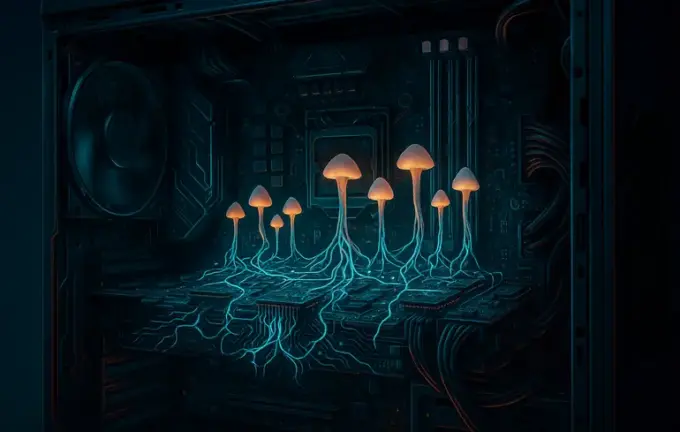Mushrooms as the Future of Computer Chips: An Innovative Breakthrough in Memristor Technology

In the world of high technology, new ideas continuously emerge that have the potential to revolutionize data storage and processing.
Recent research by bioengineers at Ohio State University reveals an extraordinary possibility: shiitake mushrooms and even common fungi could form the basis of biological memristors — chip components capable of storing electrical information, thereby mimicking traditional memory elements.
This breakthrough opens a new pathway for future technological developments, considering the rapid growth of artificial intelligence and the need for more efficient and eco-friendly components.Currently, memristors represent a relatively new type of memory element that has transitioned from laboratories to industrial applications.
They can store data based on the intensity and frequency of electrical currents passing through them, reducing energy consumption and increasing processing speed.
Significantly, the ReRAM technology, based on memristors, is produced from silicon, making it potentially accessible for widespread adoption.The latest breakthrough involves experiments with mushroom mycelium functioning as a biological memristor.
Scientists have succeeded in activating the living tissue of fungi to retain and process electrical signals, demonstrating that living cells can perform functions similar to modern memory components.
Tests showed that mushroom-based memristors can switch between states at high speed with precision, and when the frequency of electrical signals increases, their functionality recovers — resembling human brain activity.These discoveries not only open new horizons for bioengineering but could also drastically change the infrastructure of artificial intelligence.
Given the current energy limitations that hinder large-scale AI systems, bioelectronics based on fungi could become an efficient and environmentally friendly future solution.
Although preliminary, these studies suggest a promising direction for revolutionary advancements in technology.

